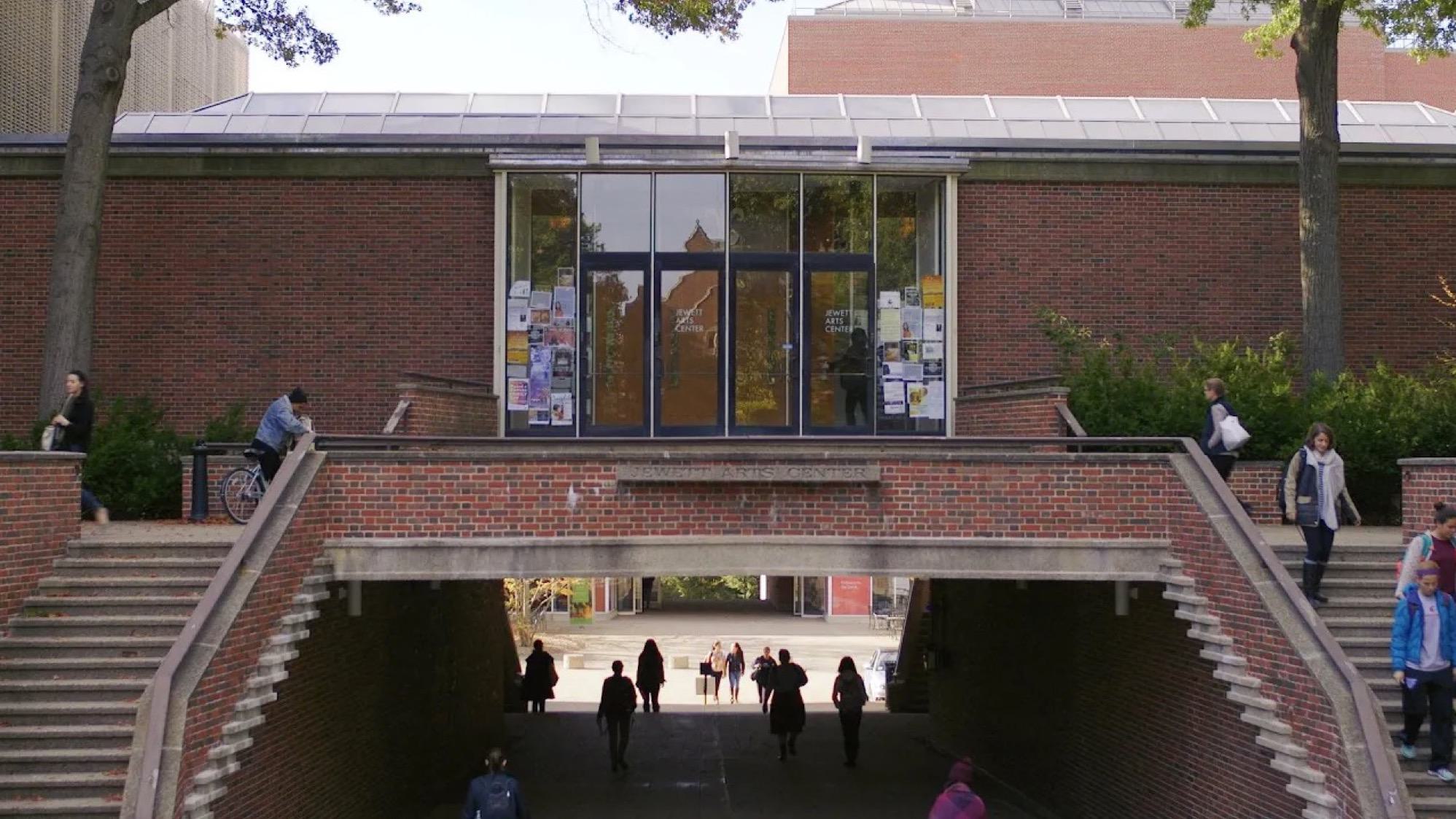We are committed to making Wellesley accessible to students from all walks of life. Nearly 60% of Wellesley families receive grant aid, so they don’t pay the full cost of tuition. Last year, we awarded $83 million in need-based financial aid, most of it in grants and scholarships that never need to be repaid. The average annual grant award was $65,500.
So: The cost of a Wellesley education is a number, but it’s not a barrier. The value of the experience—the community, the skills, the hard-won confidence, the expanding sense of possibility—is infinite.
By the Numbers
-
100% We meet 100% of calculated need for all admitted students.
-
$18,514 The average student debt for all four years at Wellesley is significantly less than the national average of $29,000.
-
$100,000 Families with annual incomes under $100,000 have no packaged loans.
MyinTuition
Estimate your cost
See how affordable a Wellesley education can be with MyinTuition, Wellesley’s quick college cost estimator.
watch The Truth About Money

Understanding financial aid
Learn why a Wellesley education is within your reach.

